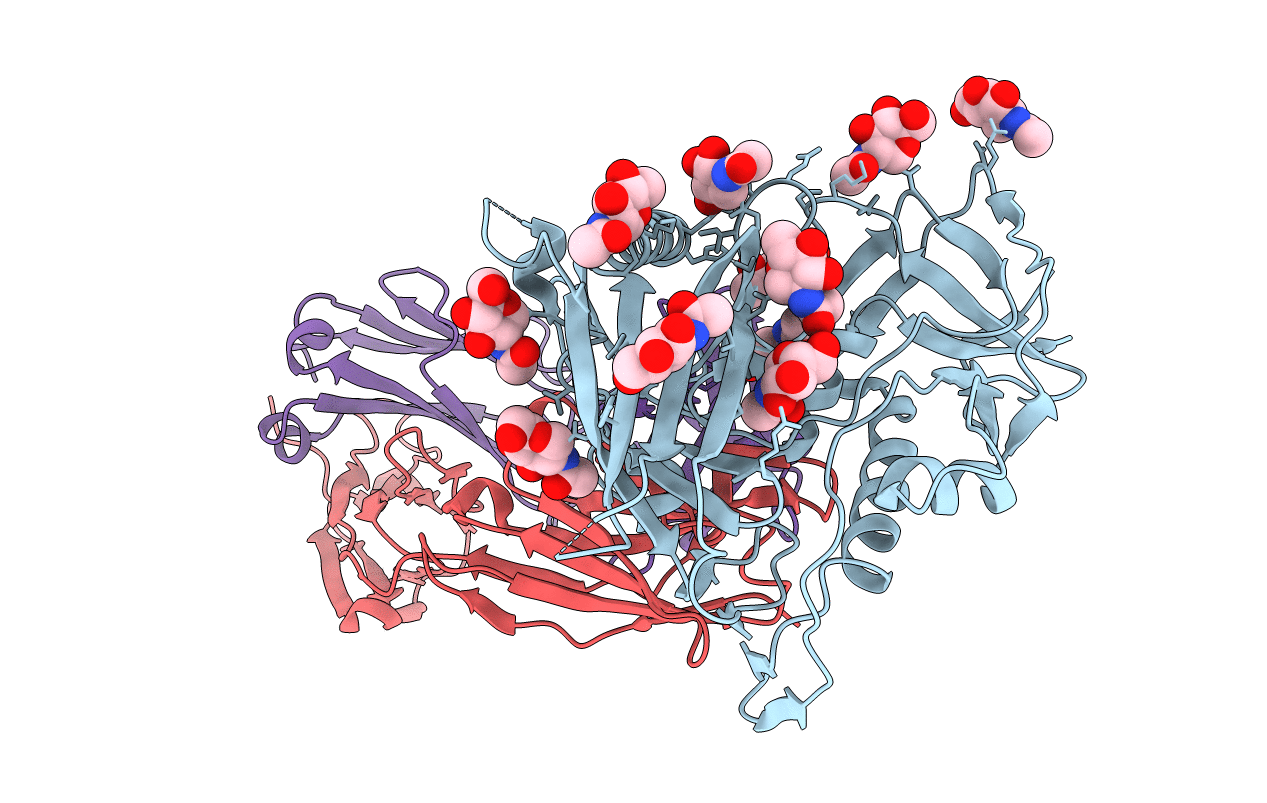
Deposition Date
2014-01-25
Release Date
2014-09-03
Last Version Date
2024-10-30
Entry Detail
PDB ID:
4OLV
Keywords:
Title:
Crystal structure of antibody VRC07-G54F in complex with clade A/E 93TH057 HIV-1 gp120 core
Biological Source:
Source Organism:
Human immunodeficiency virus 1 (Taxon ID: 11676)
Homo sapiens (Taxon ID: 9606)
Homo sapiens (Taxon ID: 9606)
Host Organism:
Method Details:
Experimental Method:
Resolution:
2.50 Å
R-Value Free:
0.25
R-Value Work:
0.20
R-Value Observed:
0.20
Space Group:
P 21 21 21


